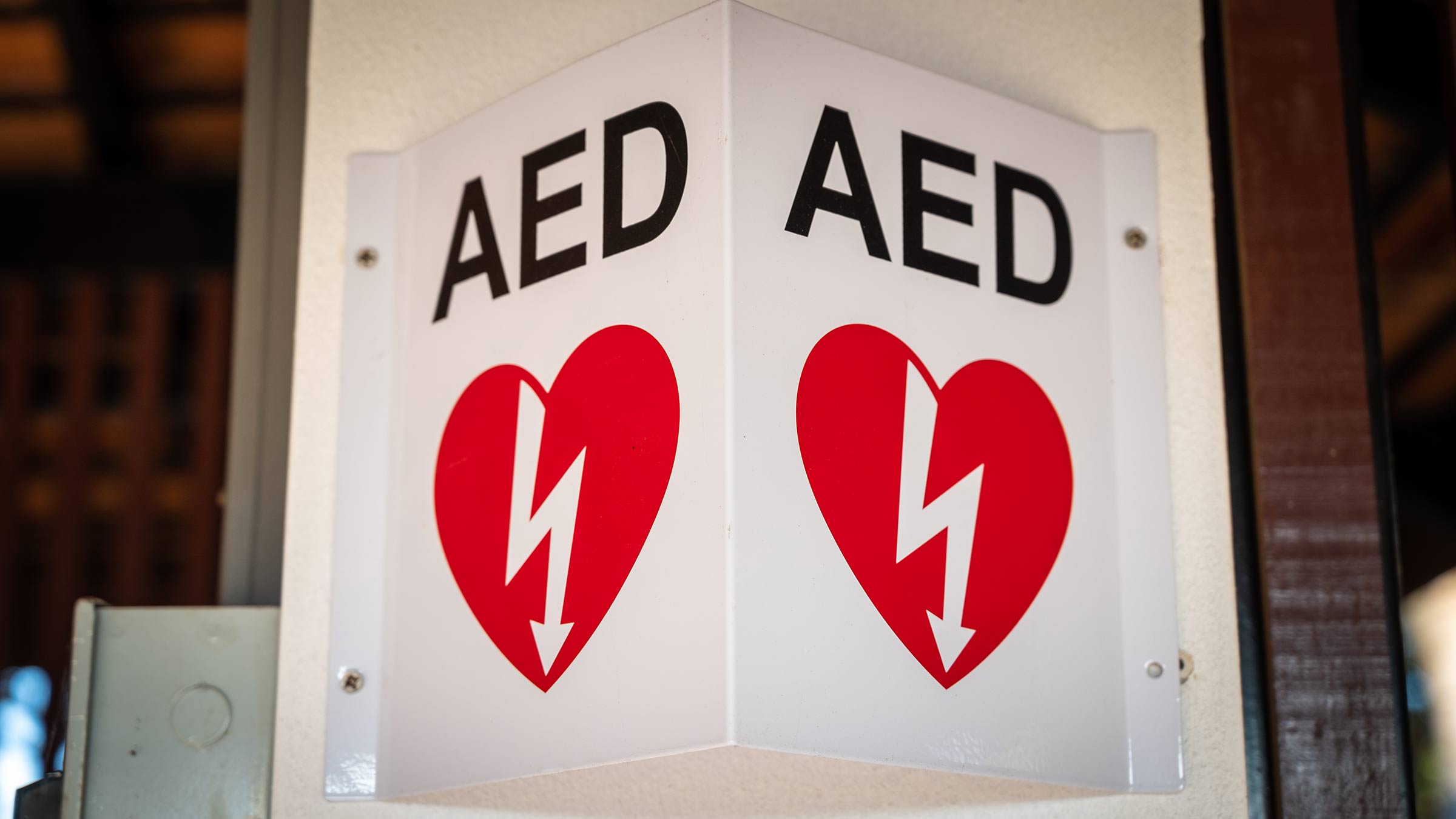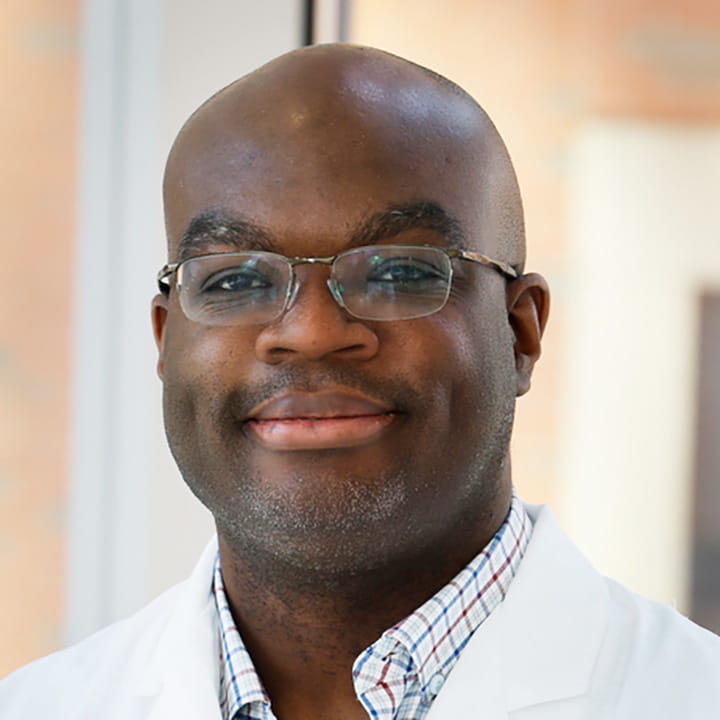
Chances are they’re located at the front of a big box store that you’ve shopped at or near the main offices in public buildings.
Maybe you’ve never noticed where AEDs (automated external defibrillators) are kept in boxes mounted on the wall.
But the next time you go out, look for them. You could be the one to help save someone’s life who goes into cardiac arrest.
Why AEDs are important
Cardiac arrest happens when there’s an electrical malfunction in the body that causes the heart to stop beating and pumping blood. Without intervention, organs can shut down and it can lead to death in a matter of minutes.
But the chances of survival are greatly improved if someone on site knows and administers CPR, and odds improve further if there’s an AED to use until first responders arrive. Studies have shown that the chances of survival can double or triple if CPR and an AED device is used early.
What is an AED?
If it’s an abnormal heart rhythm that has caused a person to go into cardiac arrest, an AED can recognize it. The defibrillator can get their heart back into rhythm, and the chances of survival dramatically increase because it has restored the person’s normal circulation.
What to do in an emergency
Here are some things to keep in mind should you ever need to help:
Call 911. You want to call for help early on so first responders can be on the way to you, and a dispatcher on the line can help direct you on what to do next.
Doing something is better than doing nothing.
- You may have concerns about hurting the person if you do something wrong. But if you're able to provide CPR and/or use an AED, that's what's going to give that person the best chance of surviving. AEDs are safe and can be used on men, women, pregnant women and children older than 8.
- If you and no one else nearby knows CPR, that’s OK. You can still help. It’s still worth using an AED if one is available.
- AEDs are easy to use and come with simple instructions. When you have the pads attached and power it on, you can listen to the prompts on what to do next. When it tells you to stand back, make sure you’re not touching the person when it releases a charge. That way, you won’t get shocked.
- If the person in cardiac arrest is in water, you’ll want to get them away from the water. Try to quickly dry them off and then begin using an AED.
Where to find AEDs in public places
AEDs are expensive, and some places still don’t have them readily available. They can range in price from about $1,000 to about $2,500.
Employers that have a large number of employees often have them for staff. People should ask their employers if there's an AED on site, where it's located, and then check to see if it’s maintained and regularly tested.
If you do strenuous work and there isn’t access to one, ask your employer to purchase one to keep on site.
If you need an AED and you don’t know where it is, then you can look for a sign. Many public locations have a sign identifying the location of the nearest AED. Installed AEDs are usually in a white case with the words “AED” in large red letters. The front of the box will have a red heart with a lightning bolt in the center. You may also ask the 911 operator where the nearest AED device is located.
There are also apps that can help you identify the nearest AED device based on your location, such as Staying Alive and PulsePoint.
Sporting events are another location where AEDs should be accessible.
In 2023 alone, there were two high-profile athletes who went into cardiac arrest. Both were able to recover thanks to CPR and nearby AEDs.
Damar Hamlin, a Buffalo Bills NFL player, went into cardiac arrest after he was struck during a January game against the Bengals in Cincinnati. Bronny James, the eldest son of LeBron James, went into cardiac arrest during a July basketball practice at the University of Southern California.
But even at small sporting events, AEDs can be crucial for fans who might not exercise often and then are climbing up lots of stairs or getting emotionally worked up watching a game.
Most large-scale sporting events have emergency medical staff on hand, but smaller events might not. It’s important that they be present for fans as well as athletes.
I think the hope is that, with lots of people seeing even elite athletes who can have sudden cardiac arrest and how effective prompt resuscitation is, there’s greater interest in learning basic life support measures.
We encourage people to seek out CPR training and AED use through the American Red Cross and American Heart Association. It’s something that potentially can save lives.

When an emergency strikes, turn to The Ohio State University Wexner Medical Center’s full-service, state-of-the-art emergency departments
Our facilities are equipped to handle any medical emergency.
Find a location near you




